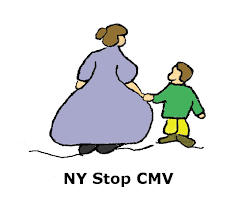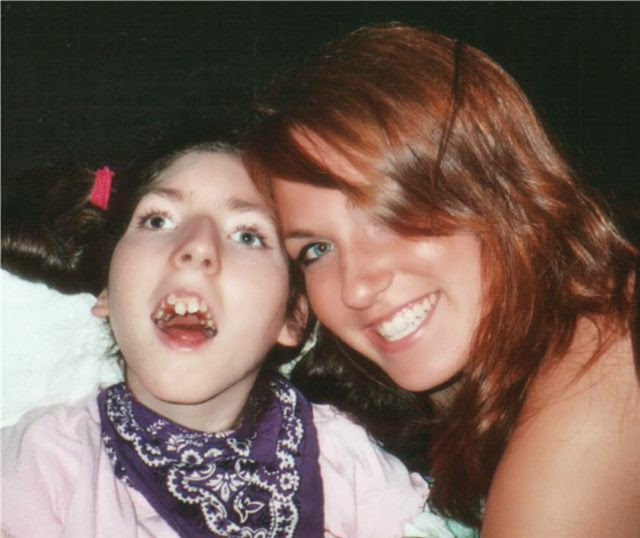According to the study “Child Care Provider Awareness and Prevention of Cytomegalovirus and Other Infectious Diseases,” only 18.5% of licensed “in-home” daycare providers have heard of CMV. The authors also state: “Providers do not know how to appropriately sanitize surfaces to reduce spread of disease.” For example, many providers use baby wipes to clean a surface. Baby wipes may make a surface look clean, but they do not sanitize it. (Thackeray and Magnusson, 2016).
REASONS WHY THERE IS SUCH LOW CMV AWARENESS
- CMV prevention education is not part of a doctor’s “standard of care.”
- Still no national CMV awareness campaign: “Despite being the leading cause of mental retardation and disability in children, there are currently no national public awareness campaigns to educate expecting mothers about congenital CMV."--Clinical Advisor, “Educate pregnant women to prevent congenital CMV” (2014).
- No central U.S. daycare licensing division to enforce licensing education and methods of CMV control: According to the Department of Labor, "Education and training requirements vary by setting, state, and employer."
Less
than half (44%) of OB/GYNs warn patients about
CMV according
to a survey done by the American College of Obstetricians and Gynecologists
(ACOG) in 2007. The following reasons have been cited for this lack of
prevention education:
1. Don’t
want to frighten their patients: An OB/GYN was quoted in FitPregnancy magazine (June/July '08):
"’The list of things we're supposed to talk about during women's first
visit could easily take two hours and scare them to death,’ explains OB-GYN
Laura Riley, M.D., director of infectious disease at Massachusetts General Hospital
in Boston. ‘That's just the reality.’"
2. Most
CMV infections go undiagnosed—“The virtual absence of a prevention message
has been due, in part, to the low profile of congenital CMV. Infection is
usually asymptomatic in both mother and infant, and when symptoms do occur,
they are non-specific, so most CMV infections go undiagnosed.” (Article,
“Washing our hands of the congenital cytomegalovirus disease epidemic,” by
Cannon MJ, Davis KF, published in BMC Public Health 2005, 5:70).
3. Feel
prevention measures are “impractical or burdensome." According
to the New York Times, “Guidelines
from ACOG suggest that pregnant women will find CMV prevention ‘impractical
and burdensome,’ especially if they
are told not to kiss their toddlers on the mouth — a possible route of
transmission.”
4. Concerns
about effectiveness of CMV prevention instructions. “…because of
concerns about effectiveness (i.e., Will women consistently follow hygienic
practices as the result of interventions?), the medical and public health
communities appear reluctant to embrace primary CMV prevention via improved hygienic
practices, and educational interventions are rare,” state Drs. Cannon and Davis
in “Washing our hands of the congenital cytomegalovirus disease
epidemic









No comments:
Post a Comment